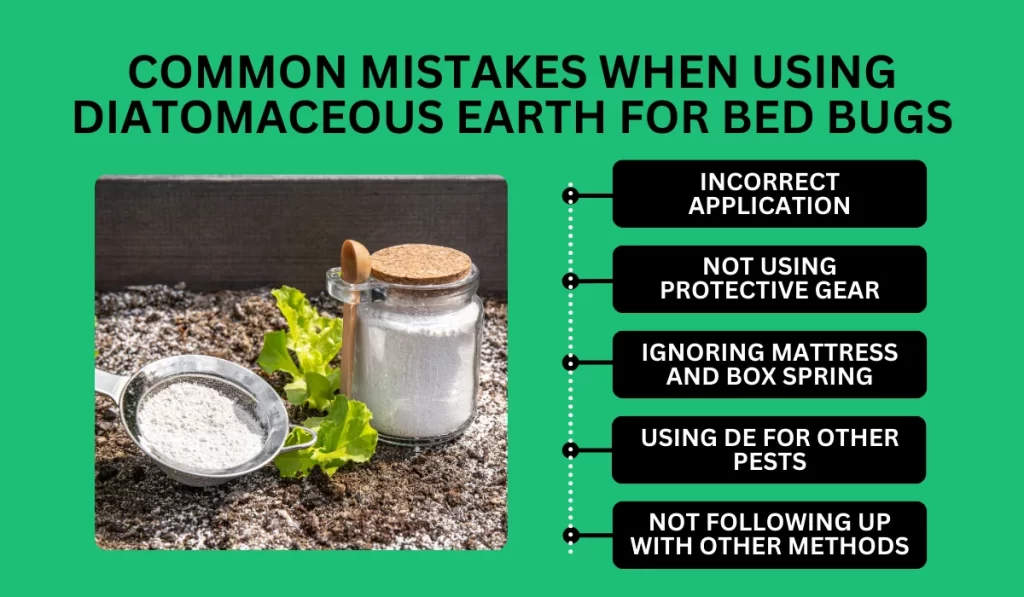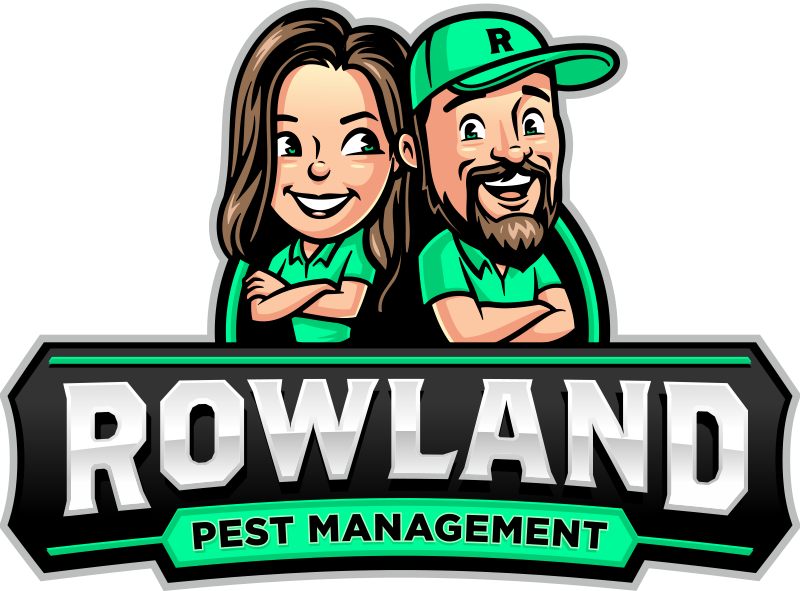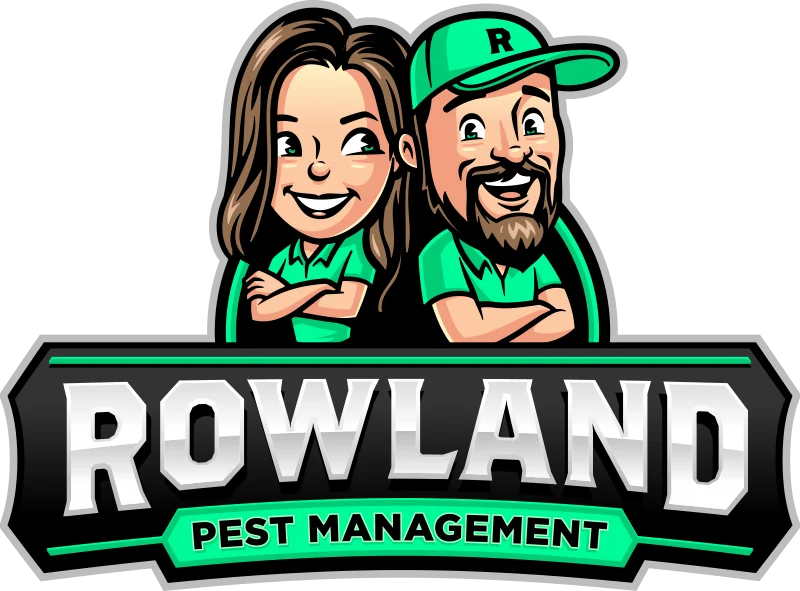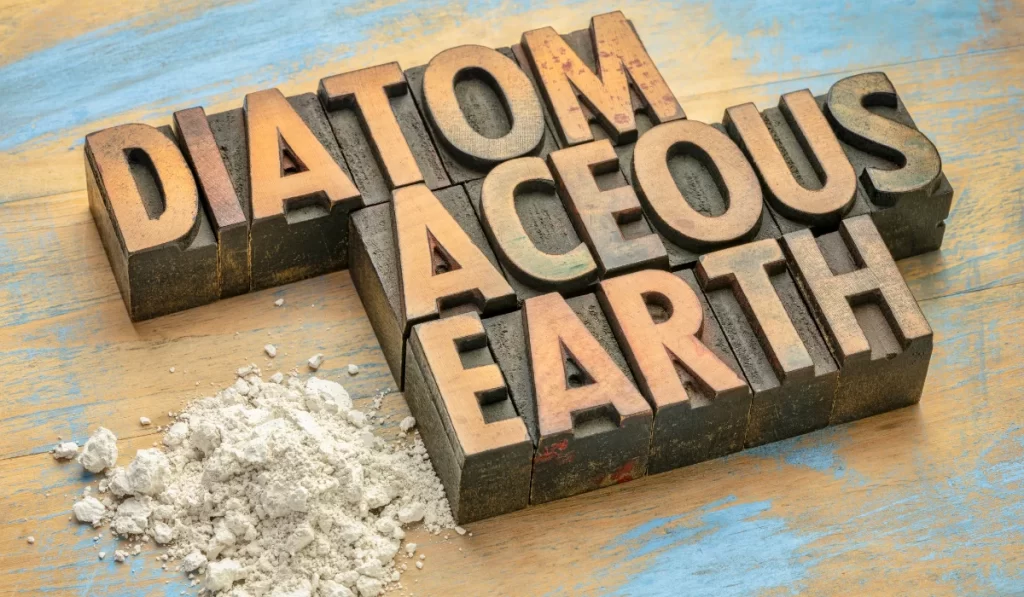Could a powder made from tiny fossils be the answer to your bed bug problem? Diatomaceous earth is gaining popularity in the fight against these persistent pests.
Its natural ability to kill bed bugs offers a solution without the harsh products that many avoid. Keep reading to find out how this method works and why it’s worth considering.
Key Takeaways
- Diatomaceous earth is a natural, safe powder that kills bed bugs by drying them out.
- To work well, diatomaceous earth needs to be placed where bed bugs hide, like cracks and mattress seams.
- Food-grade diatomaceous earth is safer for people and pets than pool-grade DE for bed bug control.
- Diatomaceous earth alone might not get rid of all bed bugs, so using other treatments or calling a pest control professional can help.
Diatomaceous Earth and Bed Bugs
Diatomaceous earth (DE) is a natural powder made from tiny fossilized algae called diatoms. It’s known for its ability to kill bed bugs by targeting their exoskeleton. This process involves dehydrating these pests, leading to their demise.
What Is Diatomaceous Earth?
Diatomaceous earth is composed of fossilized remains of diatoms, which are tiny aquatic organisms. These remains are primarily made up of silicon dioxide.
Found in nature, this white, powdery substance has many industrial and domestic uses. It forms by accumulating diatom shells in riverbeds, lakes, and oceans.
How Does Diatomaceous Earth Work Against Bed Bugs?
Getting rid of pests using this household product occurs as a mechanical action rather than a non-mechanical one. Here’s how diatomaceous earth kills bed bugs:
- Bed bugs crawl over DE placed in their hiding areas.
- The sharp edges of the diatoms in DE cut through the waxy exoskeleton of the bed bugs.
- This damage to the exoskeleton causes the bed bugs to lose moisture.
- The dehydration process begins as the bed bugs can no longer keep water.
- Over time, the bed bugs die due to the loss of moisture and the desiccant effect of DE.
Is Diatomaceous Earth Effective for Bed Bug Infestations?
Diatomaceous earth is often considered for bed bug control. It can act as a desiccant when applied correctly, drying out the bugs’ exoskeletons.
This process can be slow and needs patience. Users appreciate it for being non-toxic to humans and pets while tackling infestations.
Some pest control experts recommend diatomaceous earth as a complementary method, rather than a sole solution.
Many exterminators suggest integrating DE with other treatments like heat or steam, as these methods can kill bed bugs in all life stages, including eggs, and reach areas where DE cannot.
How to Use Diatomaceous Earth for Bed Bugs
Diatomaceous earth powder can be an effective bed bug killer by damaging their outer shell, leading to dehydration and death.
To maximize its impact, here’s how to use it properly:
- Vacuum floors, mattresses, and furniture thoroughly.
- Wash bed linens in hot water.
- Use a duster to spread a light dusting of diatomaceous earth.
- Apply a fine powder to all baseboards and floors around the bed.
- Spread it around electrical outlets and windowsills, where bugs often hide.
- Remove the mattress and cover box spring surfaces with diatomaceous earth.
- Pay attention to seams and corners.
- Apply diatomaceous earth into any wall voids and crevices.
- Allow several days of contact time for the powder to work effectively.
- Check for any bug activities and reapply if needed.
Common Mistakes When Using Diatomaceous Earth for Bed Bugs

Incorrect Application
Bed bugs hide in cracks and crevices, so applying DE directly to these areas is more effective. Spread it in thin layers rather than clumps for better coverage. Think of places like the bed frame, under furniture, and baseboards.
Not Using Protective Gear
Diatomaceous earth is safe, but it’s a fine powder. A dust mask can prevent inhalation, which may irritate the respiratory system. It’s a simple precaution that can make your experience safer.
Ignoring Mattress and Box Spring
Bed bugs love to hide in mattresses. Encasements or a mattress cover can help trap bed bugs inside and make treatments more effective. This step is often overlooked as an insect control but can save time and effort.
Using DE for Other Pests
DE is also effective against fleas and cockroaches but works differently than for bed bugs. People sometimes mistakenly use products or repellents meant for gardens. Buying food-grade DE from reputable sources or pest control companies is advisable.
Not Following Up with Other Methods
DIY approaches often need combined strategies. Using hot water to wash bedding, frequent vacuuming, and regular check-ups complement DE treatment. A comprehensive approach often delivers the best results.
When to Call a Bed Bug Expert in Florida
If you notice dark spots on bed sheets or tiny bed bug eggs around the mattress, you immediately need expert help.
Trust Rowland Pest Management to provide fast, effective bed bug control. While diatomaceous earth may assist in addressing infestations, our professional treatments ensure complete and lasting results.
Whether you’ve spotted signs of bed bugs or need preventive solutions, our team is ready to protect your home. Contact us today for a free inspection and reclaim your peace of mind with our expert bed bug services.
Frequently Asked Questions
Here’s a quick look at some common questions homeowners ask about using diatomaceous earth for bed bug control.
Can Diatomaceous Earth Be Used on Carpets for Bed Bugs?
Yes, diatomaceous earth can be applied to carpets to target bed bugs. Spread a thin layer over the carpet, focusing on edges and seams. Allow it to sit for a few days before vacuuming thoroughly.
Does Diatomaceous Earth Kill Bed Bug Eggs?
No, diatomaceous earth is ineffective against bed bug eggs. It only works on adult bed bugs by damaging their exoskeletons. For comprehensive control, pair it with other treatments to target eggs.
Can Diatomaceous Earth Be Used Alone for Bed Bug Infestations?
While diatomaceous earth can help reduce bed bug populations, it is best used in a broader treatment plan. Combining it with heat treatments, steam, or professional pest control increases effectiveness.


